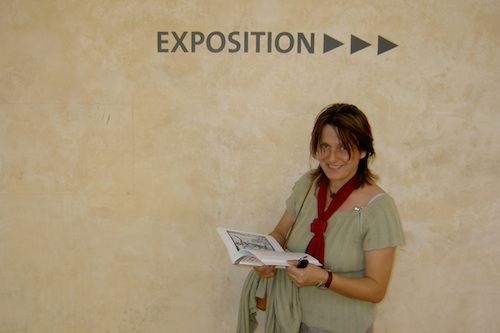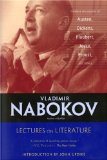
Who are you, and what do you do?
I am an art historian trying to connect the narrative, playful and interactive sides of art, while teaching, lecturing, writing or organizing museum visits. As an example: I have curated the exhibition Ah che rebus! about the use of rebus (the word puzzle where parts of words are represented by images and must be solved by the readers) by Italian artists, from Leonardo to street-art. I have been involved in the design of several educational games dealing with art, for festivals, museums, digital publications, and a newspaper (Pagina99). For many years I’ve been collecting quotations about time in fiction which are now being published day by day in a blog (www.diconodioggi.it) and on Twitter (@diconodioggi), with the support of a community of readers.
What books have influenced you the most?
As an art historian, I have been stroken by Anna Banti's Artemisia, a book that - while narrating the biography of the outstanding artist Artemisia Gentileschi - reenacts the context of her life and world, reaching the core of her painting. The author Anna Banti - a pen name glossing over Lucia Lopresti - is able to deeply mix the style of the 17th century woman painter with her own style, the historical documents with her lively points of view. The book is a very fruitful model of researching and writing on art history, producing vivid images without loosing precision.
Another book valid for me as a model in dealing with art and artists is Charles Simic's Dime-Store Alchemy. The poet Simic is able to present the American artist Joseph Cornell in short paragraphs, each one devoted to a fascinating aspect of Cornell’s creations: the little boxes where objects such as maps, marbles, cards are assembled. Simic’s style succeeds in creating whirling connections between some details in Cornell’s works and all sort of reference, poems, movies, dreams, New York city, other artists. A web of scattered similarities is depicted, where the writer is the medium putting akin things in contact.
I am in debt with Vladimir Nabokov Lectures on Literature of the idea of considering calendar days in narrative as a sort of characters, playing a role both when real or invented. While reading Nabokov, one is invited to oscillate between different kinds of time, weaving one in the other. It's an experience that disorients and enhances perception, making the reader feel as moving in a quite terrestrial landscape. Nevertheless, his lectures on literature makes tangible the structure and the details of many novels, such as a real calendar consulted by Nabokov to place the dance party in Jane Austen's Mansfield Park.
I appreciated Julius T. Fraser, Time. The familiar Stranger, a multidisciplinary research on the subject of time, where the author, who invented and founded the International Society for the Study of Time, succeeds in offering a collection of points of view: scientific explanations, from physics to psychology; myths and folk tales; music, literature, visual arts; sociology and politics. One can have an intense survey of the most relevant knowledge about a pervading and elusive experience such as time.
The book by Roger Caillois, Les jeux et les hommes, doesn't end to show its importance, revealing a new way of considering play and game in human culture. It is a pleasure to reopen it and verify that the four categories Caillois proposed to study the games: agon-competion; alea-chance; mimicry-role playing and ilynx-vertigo are more and more useful to understand a lot of present experiences.
What book would you like to write?
I would like to write (or to read) a book as long as a day (or a week, or a month), taking place in the same time it will be read, in synchronicity with ordinary time: not a printed book, but a collection of messages arriving via different media and devices…




